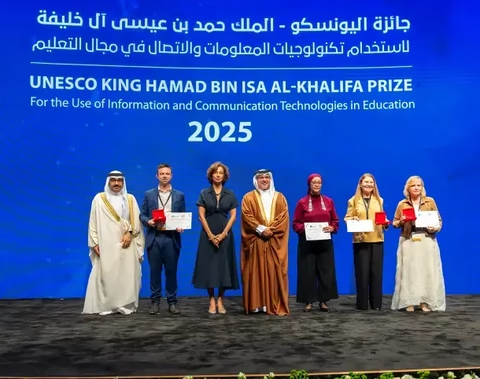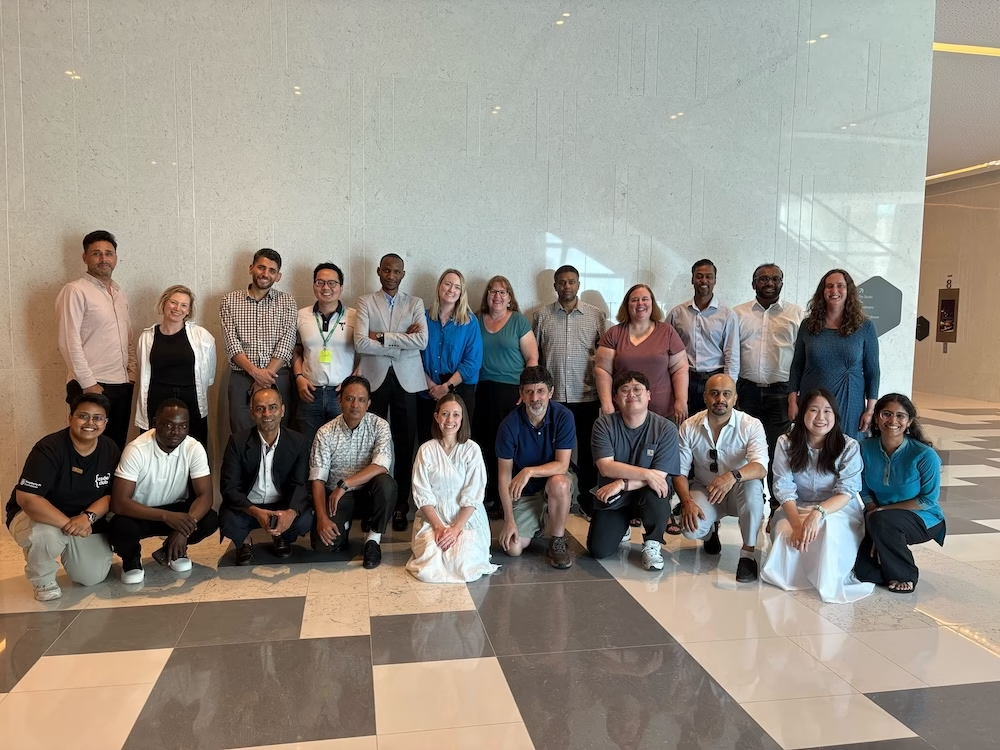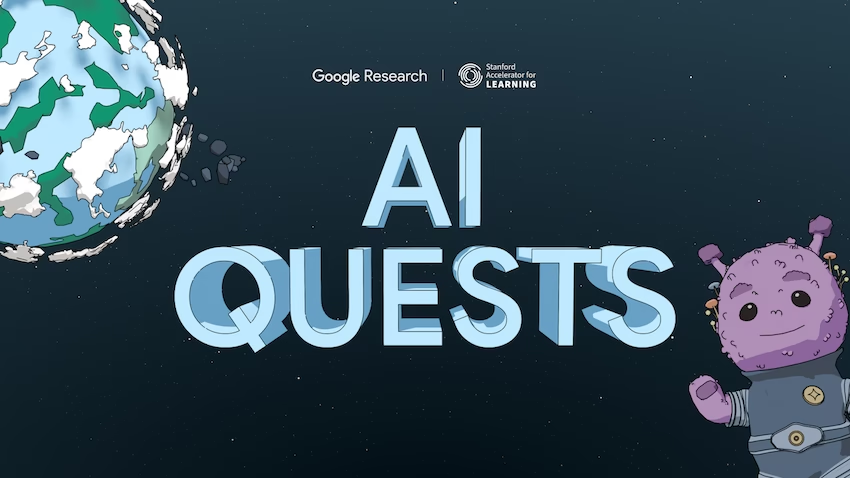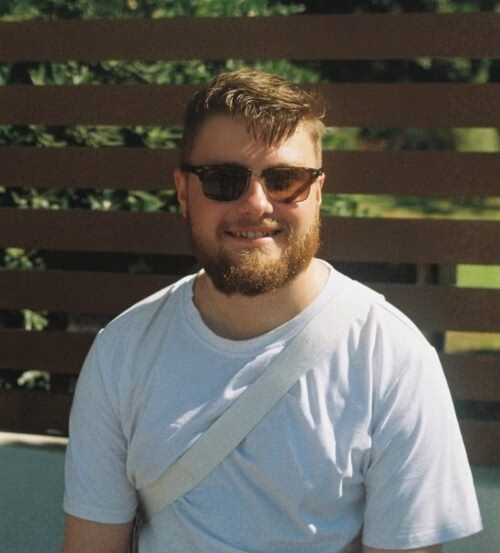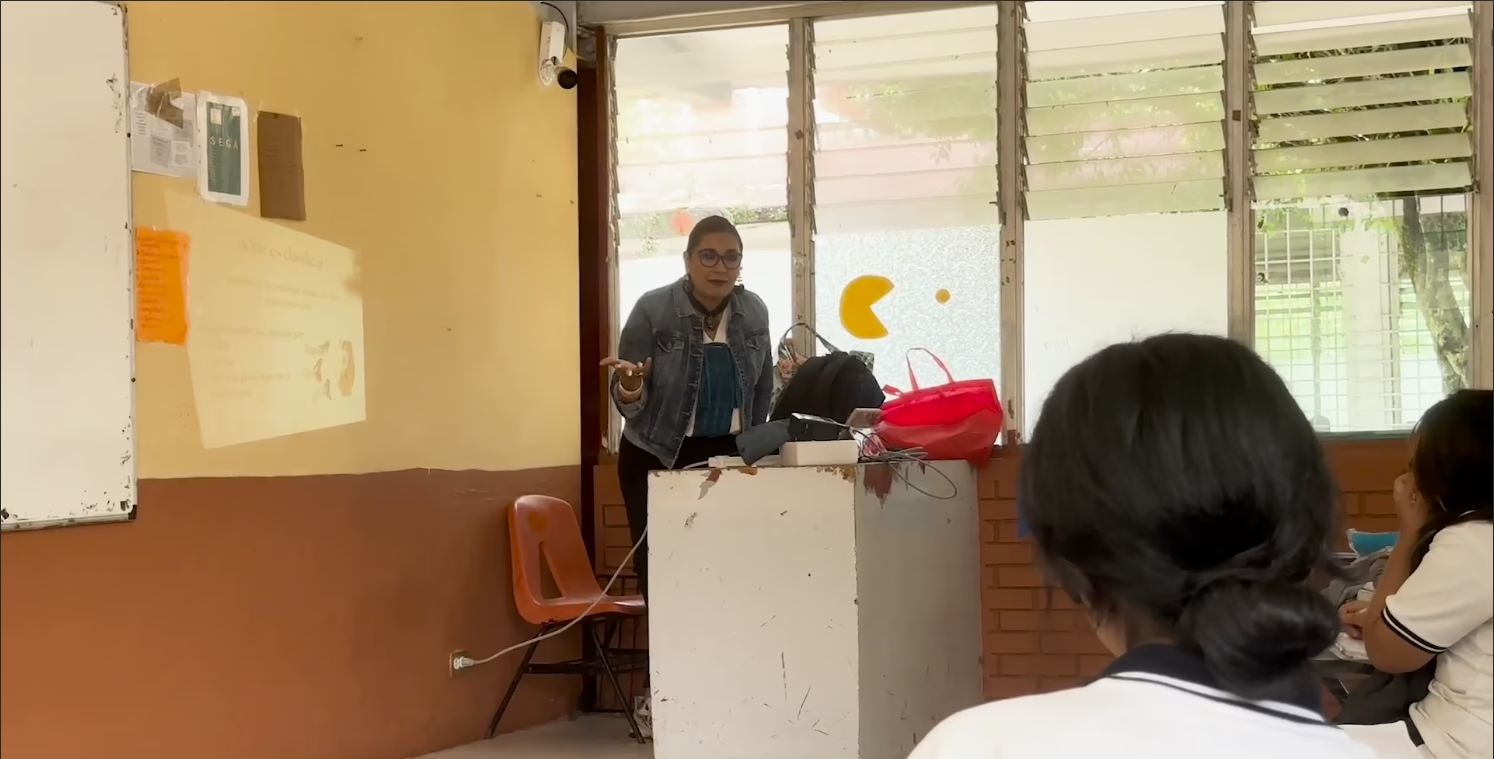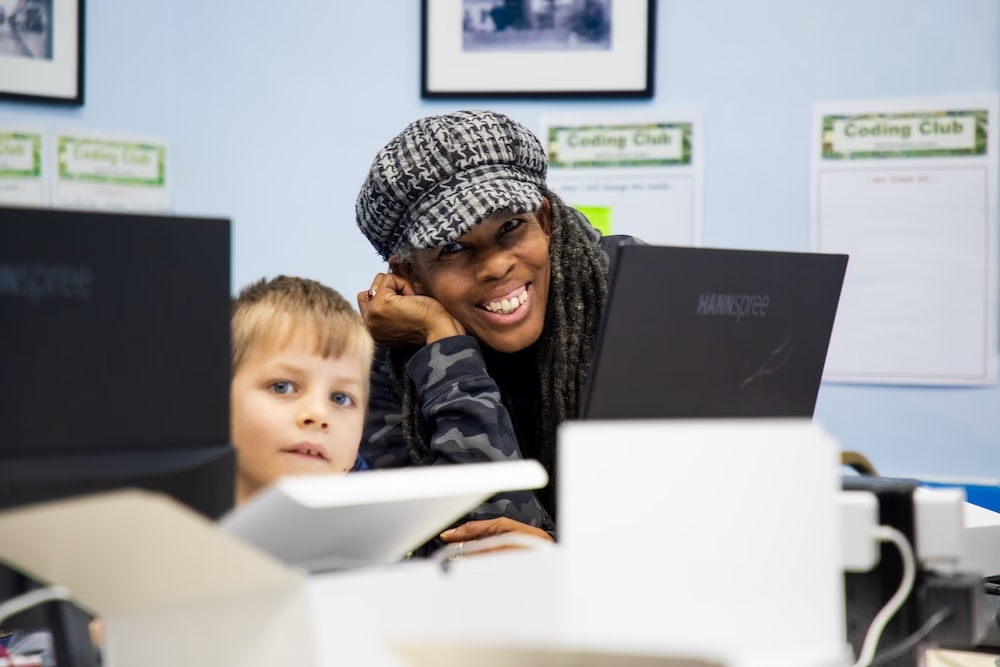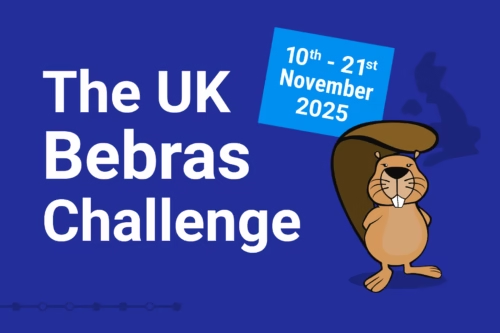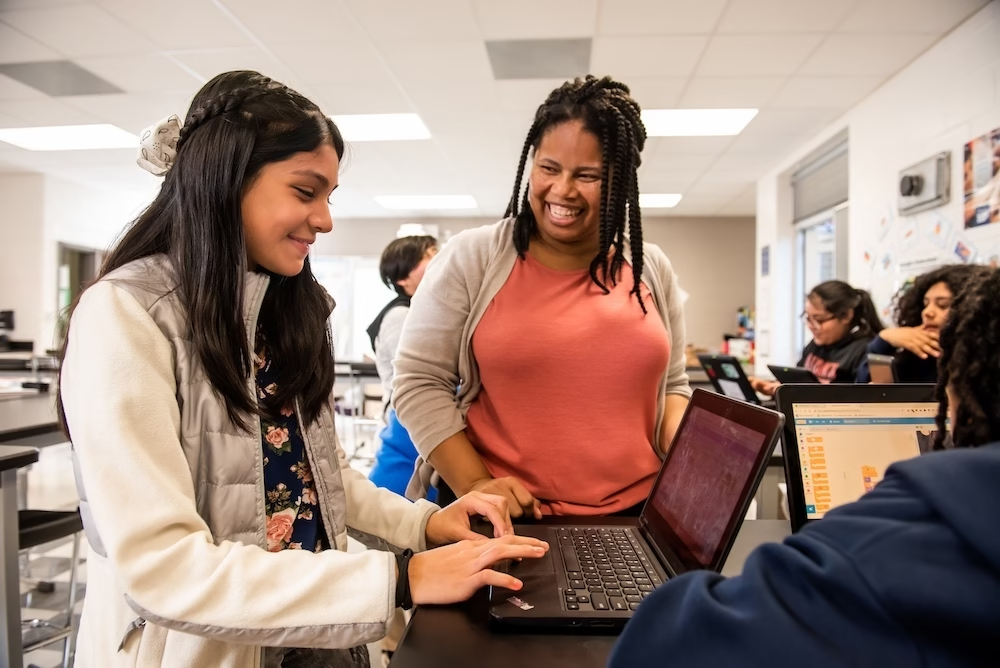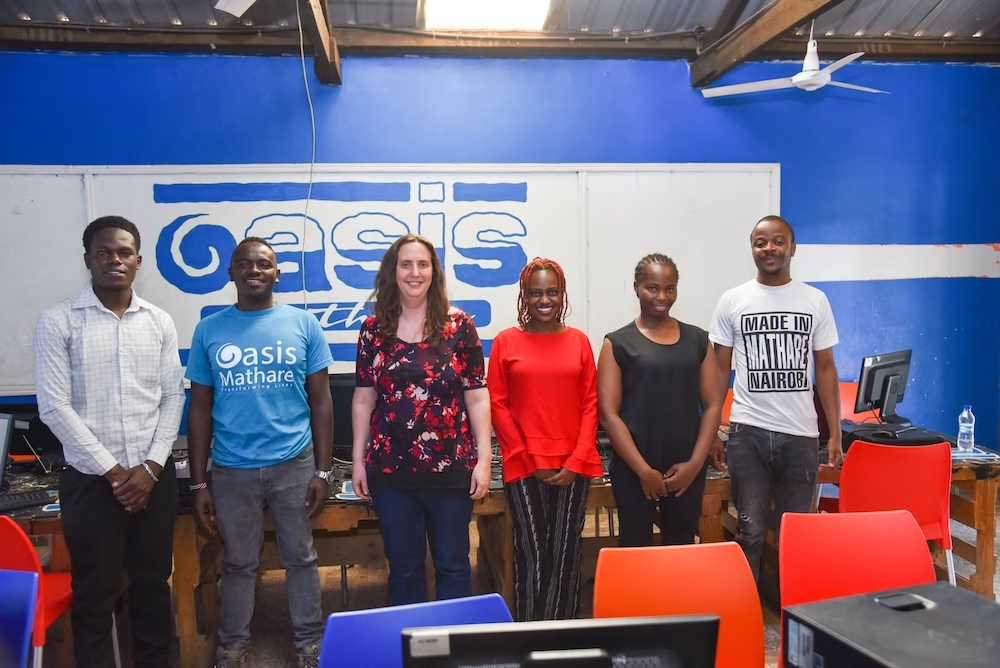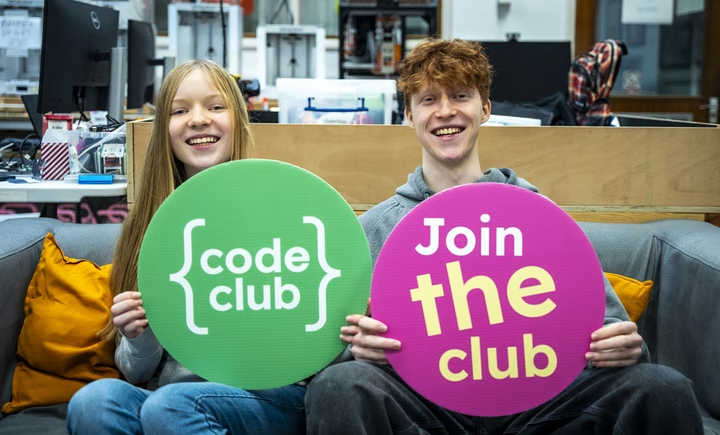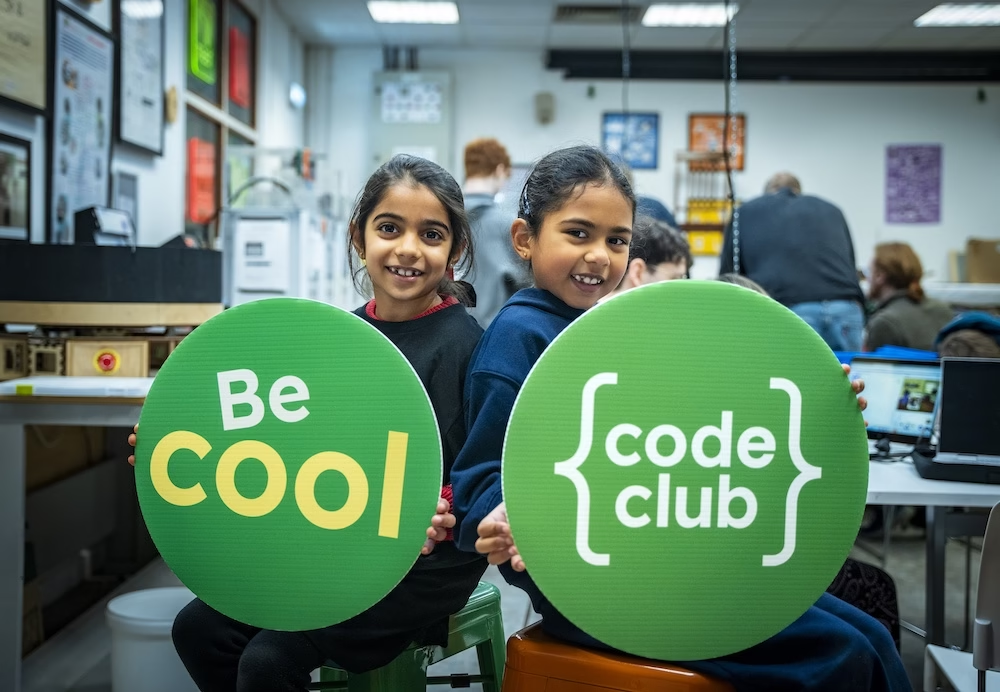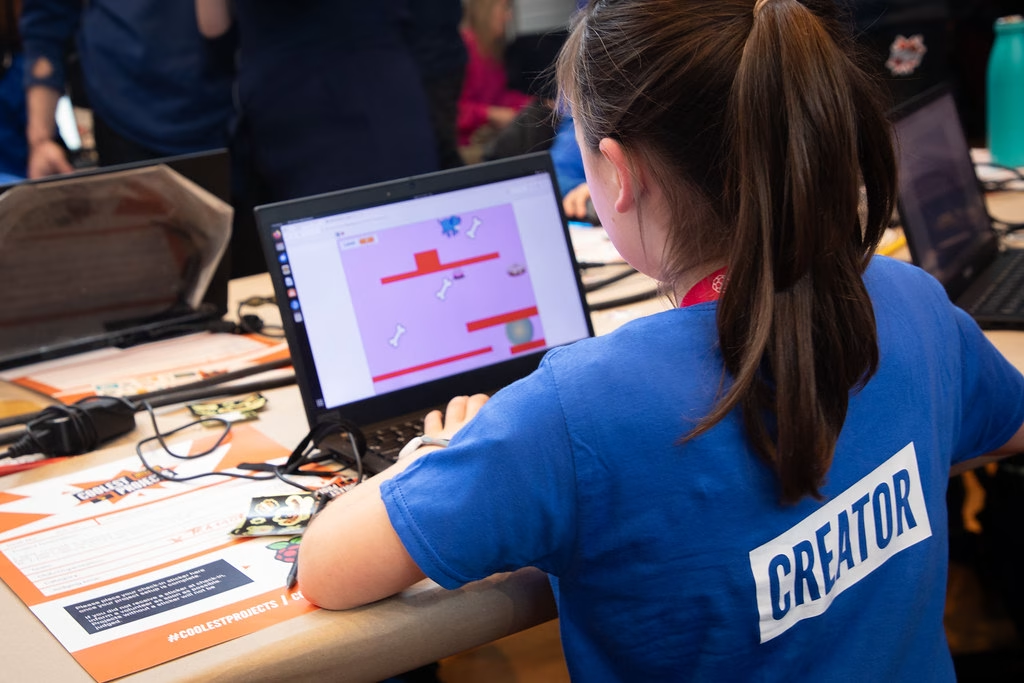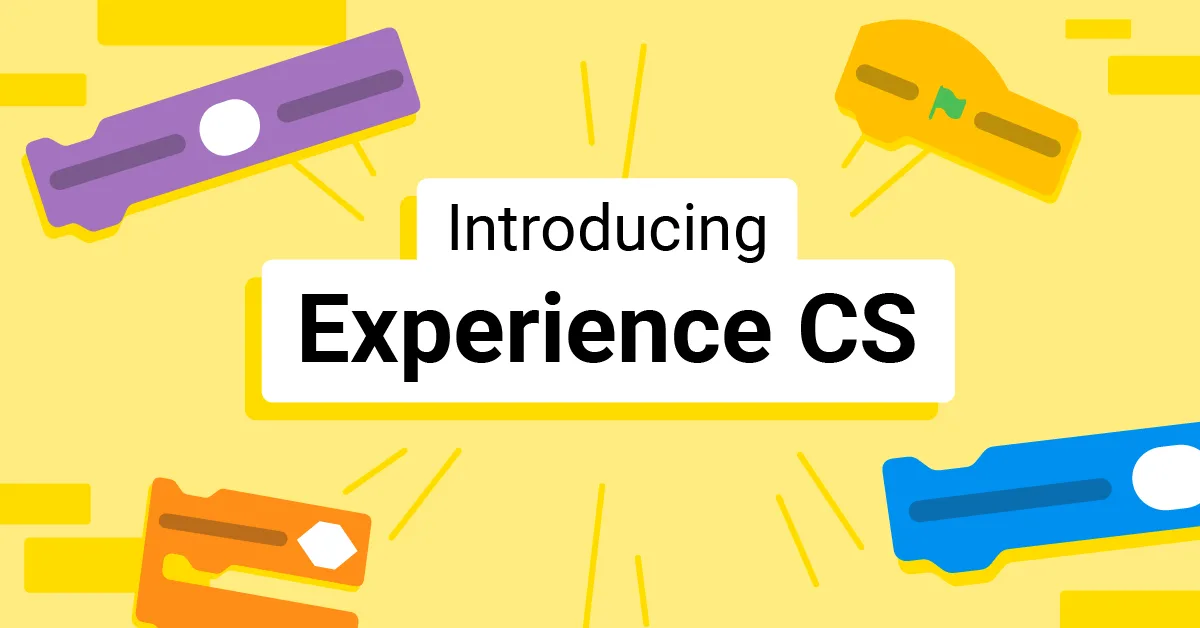Schlagwort: install instructions
-

Experience AI receives global recognition from UNESCO
Reading Time: 4 minutesI am very proud to share the news that Experience AI has been recognised as a laureate for the 2025 UNESCO King Hamad Bin Isa Al-Khalifa Prize for the Use of ICT in Education. At the award ceremony of the 2025 UNESCO King Hamad Bin Isa Al-Khalifa Prize. © Government of the…
-

Celebrating creativity at Coolest Projects Sri Lanka 2025
Reading Time: 3 minutesIn August, young tech creators from across Sri Lanka gathered for the country’s second-ever in-person Coolest Projects event, hosted by our partner STEMUP Educational Foundation. The showcase was a chance for young people to share and celebrate their ideas and inventions with families, friends, mentors, and the wider digital making community, while…
-

Hello World #28 out now: Teaching programming
Reading Time: 2 minutesTake a minute to think about the technology you use every day. How many programming hours went into the way you are reading this blog post? What discussions and solutions built the browser you’re using? We take for granted all the clever, creative programming that goes into the technology we use in…
-

Young creators build a bright future at Coolest Projects India 2025
Reading Time: 3 minutesCoolest Projects India is officially a wrap, and we are absolutely thrilled with the results! The event, held on 20 September 2025 in Hyderabad, Telangana, was a fantastic showcase of the incredible talent and passion of young creators. With over 250 participants, young creators showcased 118 projects, demonstrating the thriving digital making…
-

Creating community at our 2025 Sri Lanka Global Clubs Partner meetup
Reading Time: 3 minutesThe Global Clubs Partner network brings together 52 partners from 45 countries, all working together to positively impact their local communities and open up opportunities for the next generation. Last month, our Global Clubs Partners came together in Sri Lanka for our annual meetup, celebrating collaboration and community. Hosted alongside the second-ever Coolest…
-

What’s next for Experience CS?
Reading Time: 3 minutesIn June, we launched the first set of content for Experience CS, our integrated computer science curriculum for students ages 8–14. Experience CS was designed for all educators, including those without a computer science background, so that anyone can bring engaging, creative computer science learning into their classroom. [embedded content] Since launch,…
-

Introducing AI Quests: A new gamified learning experience within Experience AI
Reading Time: 3 minutesArtificial intelligence (AI) tools are shaping our world in many ways. Helping young people develop AI literacy — in other words, helping them understand how AI tools work and how to use them responsibly — is essential. At the Raspberry Pi Foundation, we’re committed to empowering educators around the world with everything…
-

Fostering creativity through open-ended projects with Code Editor for Education
Reading Time: 3 minutesTom Mason is Head of Mathematics and Head of ICT at St Joseph’s College, an all-boys secondary school in South East London. He is passionate about teaching and learning, and has a keen interest in digital education practices. Mr Mason recently set his Year 10 students a creative coding challenge, which they…
-

Teaching Experience AI: Lessons from educators in Mexico
Reading Time: 4 minutesIn classrooms across Mexico, a transformation is unfolding. The Experience AI programme isn’t just teaching students about artificial intelligence, it’s empowering teachers and learners to explore, question, and create with it. By equipping educators with accessible tools and sparking curiosity among students, the initiative is shaping a new generation ready to use…
-

Join the UK Bebras Challenge 2025
Reading Time: 4 minutesThe UK Bebras Challenge, the nation’s largest computing competition, is back! Schools can enter now for this year’s Challenge, which runs from 10 to 21 November. Last year, more than 467,000 students from across the UK took part, tackling fun and thought-provoking puzzles that introduce key ideas in computational thinking with no…
-

Promoting young people’s agency in the age of AI
Reading Time: 6 minutesPart of teaching young people AI literacy skills is teaching them to critically think about AI, and to design AI applications that address problems they care about. How to do this was the focus of our June research seminar. Working together to design AI Our June research seminar was delivered by Netta…
-

Essential tips to integrate computer science into your lessons: Teacher tips from CSTA 2025
Reading Time: 4 minutesIn our latest podcast miniseries, we spoke to educators live from the CSTA 2025 annual conference in Cleveland, Ohio, to hear their top tips for integrating computer science (CS) into other subjects. Hello World editor, Meg Wang and the team met teachers in the exhibit hall for real-time reflections and essential teacher…
-

Hello World 27 out now: Integrated computer science
Reading Time: 3 minutesWhile in some countries, such as England, computing is taught as a standalone subject, in others, like the USA, computing concepts are integrated across the school curriculum. In our brand-new issue of Hello World, out today for free, educators share ways to integrate computer science into your classroom. Integrating CS to broaden…
-

Begin your Code Club journey: Set up a club today
Reading Time: 4 minutesInspired to set up a Code Club but not sure where to start? In this blog we hear from the amazing network of Code Club leaders and mentors, and we give you practical tips on how to take the first steps to set up your own club. About Code Club Code Club…
-

New to coding? Resources to help children learn to code
Reading Time: 5 minutesHere at the Raspberry Pi Foundation we believe ensuring every child knows how to code will equip them with the skills to thrive in the future. But what do we mean by coding and how can you get started? Coding is how humans give instructions to computers. Machines process and execute these…
-

A Code Club in every school and library
Reading Time: 5 minutesToday we are starting a campaign to support every school and library in the UK to set up a free Code Club to make sure that all young people can develop the skills and knowledge they need to thrive in the age of AI. Over the past decade, Code Club has provided…
-

Coolest Projects 2025: Where 11,980 young tech creators shared their ideas
Reading Time: 4 minutesFrom AI-powered inventions to eco-friendly gadgets, young creators from around the world have once again amazed us at this year’s Coolest Projects online showcase. An incredible 11,980 participants from 41 countries shared 5,952 tech projects in our online gallery, and every single one showed creativity and commitment to learning something new. Coolest…
-

Experience CS: A free integrated curriculum for computer science
Reading Time: 4 minutesExperience CS is a brand-new, free, integrated computer science curriculum for elementary and middle school educators and anyone working with students aged 8 to 14. A key design principle for Experience CS is that any educator can use it. You don’t need a computer science qualification or previous experience in teaching computer…
